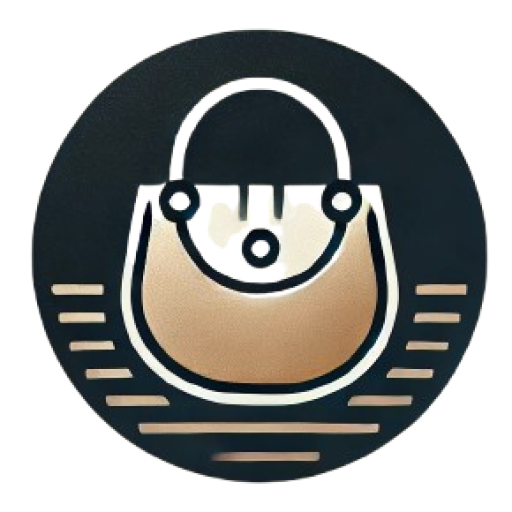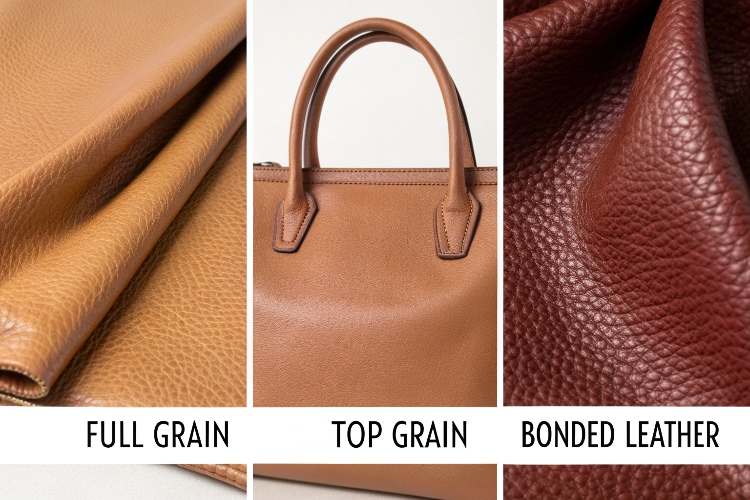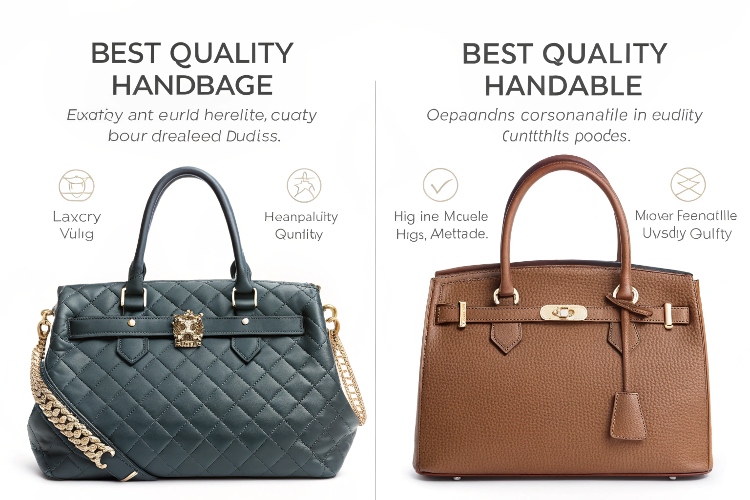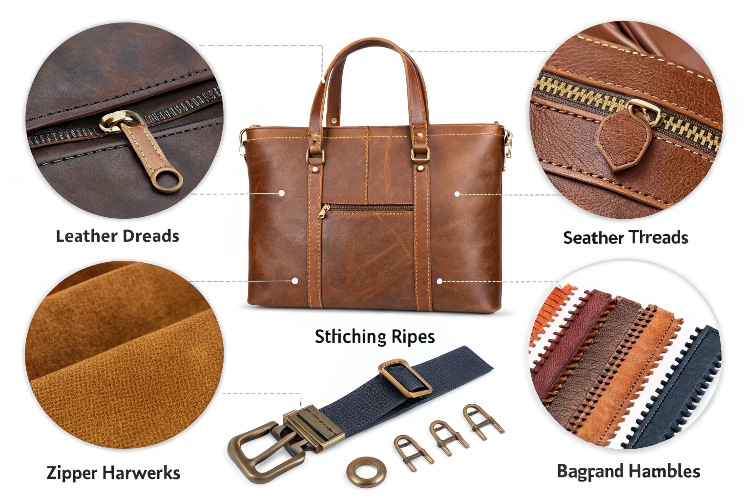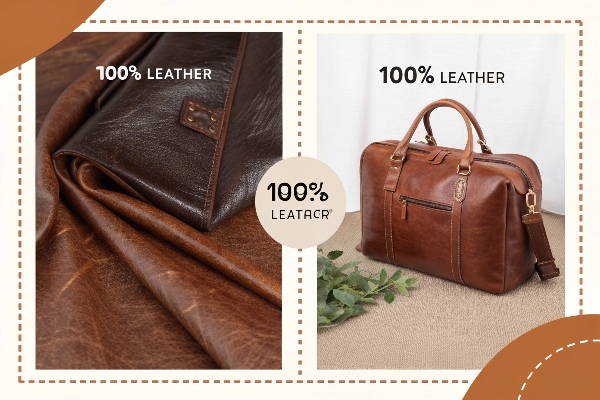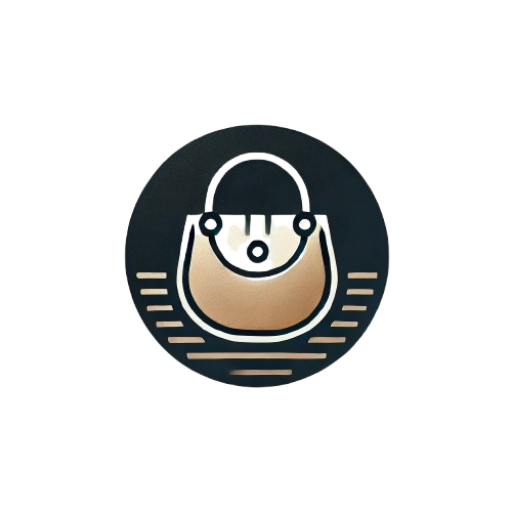Leather bags originate from animal hides (like cow, sheep, or goat) processed through tanning. Major producers include Italy (luxury craftsmanship), India (vegetable-tanned leather), and China (mass production). Ethical brands often use byproduct hides to reduce waste, with certifications like Leather Working Group (LWG) ensuring eco-friendly practices. Always check for transparency in sourcing.
Leather Production Process (Slaughterhouse → Tannery → Processing Plant)
1. Slaughterhouse: Cowhide Isn’t Directly “Stripped and Used”
The genuine leather bag in your hand might have originated from a beef slaughterhouse in Texas, USA. These facilities process thousands of cattle daily, but less than 20% of hides meet the standards for premium bags. Workers use laser-calibrated blades to peel entire cowhides with surgical precision—cutting too deep damages the fiber layer, while too shallow leaves excess fat. Freshly stripped hides immediately soak in ice brine and must reach tanneries within 24 hours to prevent rot. USDA data shows slaughterhouses earn an extra $320 million annually from hide sales.
2. Tannery: Chemistry and Time Work Magic
In century-old tanneries in Tuscany, Italy, cowhides undergo 21 processing stages. They first soak in lime pits for hair removal, then use papain enzymes to “digest” residual meat—a process that precisely controls softness. While 80% of global leather uses chrome tanning (completed in 3 hours), traditional artisans insist on oak bark vegetable tanning requiring 60 days. The most intriguing step is “drumming”: hides tumble in giant rotating drums for 8 hours like laundry, creating natural wrinkle textures. Hermès artisans specifically seek this “flawed beauty” for Birkin bags.
3. Processing Plant: Transforming Flat Sheets into 3D Objects
At leather goods factories in Shiling, Guangzhou, laser cutters scan natural grain patterns. Computers arrange pieces like jigsaw puzzles to avoid insect bites or blood vessel marks during cutting. Master craftsmen use ultra-fine Japanese needles—8 stitches per inch meets contemporary luxury standards, while top-tier products require 12 stitches. A little-known fact: LV’s water-grain calfskin actually uses 260℃ heat presses to imprint patterns, not natural textures. Quality inspectors use magnifiers to check stitches, rejecting entire batches for deviations exceeding 0.3mm.

Global Industrial Chain Distribution (Raw Material Countries vs Manufacturing Countries vs Consumer Countries)
Raw Material Countries: Lots of Cattle, Lots of Hides, Lots of Costs
The “core bases” of global leather raw materials are mainly concentrated in countries with developed animal husbandry. Brazil firmly holds the top position—1 out of every 4 cattle globally graze on Brazilian pastures (Source: USDA 2023), but the cost is the annual deforestation of Amazon rainforest equivalent to 3 New York City areas for cattle ranching (WWF report). India ranks second in cattle numbers, but due to religious reasons, most are retired dairy cows and aged cattle with thin hides and numerous scars, only suitable for low-grade leather. Australia‘s kangaroo hides (4 million legally culled annually) and Ethiopia‘s goat skins represent specialty materials.
Manufacturing Countries: From $20 to $2000 Price Gaps
- China·Xinji, Hebei: 1 out of every 10 global bovine leather pieces gets processed here. Workers earn 4,000 RMB monthly, using smuggled Vietnamese chemicals for tanning (Reuters 2022 investigation).
- India·Kanpur: Soaks 20 tons of raw hides daily in Ganges tributaries, with 37% child labor participation (ILO data). Factory prices are less than 1/10 of Italian equivalents.
- Italy·Tuscany: Uses Alpine spring water for tanning, sixth-generation artisans hand-stitching bags. Labor alone accounts for 60% of costs, with annual output value reaching 7.5 billion EUR (Italian Leather Association 2023).
Consumer Countries: Buyers Don’t Make, Makers Can’t Afford
Americans purchase 28% of global leather bags annually (Statista 2023), yet over 60% can’t distinguish real leather from PU (YouGov survey). EU’s new “Leather Passport” regulation requires GPS tracking of cattle origins by 2027, forcing Brazilian ranchers to implant chips in cows’ ears. Japan’s market shows surreal trends—second-hand Hermès stores outnumber Starbucks, with 73% pre-owned bag circulation rate.
Secrets in Shipping Containers
Bangladeshi factories producing Zara’s leather bags use “semi-finished leather” airfreighted from Italy—initially tanned in Tuscany, then dyed and assembled in South Asia before receiving “Made in EU” labels (Financial Times 2021 exposé). Vietnamese factories go further: sun-drying Chinese leather at ports for three months qualifies it as “locally sourced Vietnamese material”.
Who Pays for Sustainability?
Producing one cattle hide consumes 8 tons of water from slaughterhouse to boutique—equivalent to 5 years’ drinking water for one person (FAO data). German labs now grow mycelium leather from coffee grounds matching calfskin strength (Material Innovation Initiative 2023), but Hermès VIP clients insist on “grass-scented genuine leather”.

Handmade vs Industrial Production (Italian Ateliers vs Chinese Factories)
Italian Atelier: One Sewing Machine, Three Generations
In a Florence alleyway, 70-year-old Luca uses ancestral curved needles to stitch piping. Behind him hangs his great-grandfather’s 1912 leathercraft certification. Workers here make only 3 bags daily, manually adjusting each flap’s curvature 5 times with heat molds. **Cordovan** here isn’t marketing jargon – artisans pinpoint which part of the horse each hide comes from.
The BBC documentary Made in Italy captured this obsession: ateliers discard entire €800 hides over 0.5mm color variations. This perfectionism creates tactile magic – you’re not just feeling leather, but the angle of Tuscan sunlight that cured the fibers.
Chinese Factory: 28 Bags Born Every Minute
On Guangzhou’s Shiling Town production lines, laser cutters slice through 50 cowhide layers simultaneously. This facility extrudes one finished bag per minute with ±0.3mm precision. Workers wearing specialized finger sleeves install hardware clasps in 0.8 seconds. Factory manager Wang Wei monitors Chicago Mercantile Exchange futures – **Bulls纹 hide** price fluctuations directly impact next week’s production schedules.
The Economist recently exposed startling contrasts: While an Italian atelier quoted €2,300 for a designer chain bag, Chinese factories replicated the design via CNC machining at €89. Don’t mistake low cost for low tech – engineers here are testing aerospace-grade coatings to solve vegetable-tanned leather waterproofing.
Cosmos in Edge Paint
Milan artisans apply 7 edge-paint layers, each polished with whalebone after drying. In Shanghai labs, chemists developed nano-grade edge sealant curing in 3 seconds. Both methods guarantee decade-long durability, but one carries Apennine warmth while the other holds Yangtze Delta innovation.
When Tradition Meets Algorithms
Bologna masters identify leather tanning years by touch alone. Shenzhen’s AI质检 systems detect 0.01mm scratches through spectral analysis. Ironically, when Gucci reintroduced classic bags through Chinese factories last year, they dispatched 20 Italian artisans to teach machines “how to err” – deliberately creating 0.1mm stitching offsets to mimic handcrafted imperfections.
Cultural Differences and Design Styles (Eastern Minimalism vs Western Opulence)
When Leather Meets Philosophy
Ginza craftsmen make bags with tea ceremony spirit – each stitch gets exactly 7 passes to let thread breathe. Kyoto’s century-old shop “Ichizawa Shinzaburo” uses canvas scraps as decoration. This “subtraction thinking” comes from Zen philosophy: objects gain value through lifelong use. MONOCLE magazine found Japanese consumers prefer spending $300 on plain totes lasting 10 years over logo-heavy luxury goods.
Europe’s “Golden Handcuffs”
Florence’s Pelleria Conti family has made crocodile leather briefcases for five generations, each requiring full belly scales. But Vogue Italia revealed 70% of European luxury brands actually use Chinese-made hardware. Real tradition survives only in marketing stories – Hermès Birkin bags require 48 hours of handcrafting, yet Middle Eastern clients ordering custom versions may never carry them personally.
The New Material War
A 2023 Politecnico di Milano study shows Western brands use “nano-coatings” to make cowhide mimic ostrich skin at 60% lower cost. Shenzhen startups create “plant-based leather” from fermented tea waste, named breakthrough material by Wallpaper. While LV sells recycled plastic bags with monogram prints for €2,000, Seoul’s Andersson Bell makes hiking packs from used truck tarps priced at $95.
Youth Rewriting Rules
New York vintage store What Goes Around Comes Around found Gen Z obsessing over 90s Coach basic styles. These undecorated leather bags get called “quiet luxury” on TikTok. Meanwhile, Shanghai designer SANKUANZHE applies Suzhou kesi silk weaving to motorcycle bag straps. Berlin boutique Voo placed 500-unit orders – Eastern minimalism suddenly became avant-garde code.
